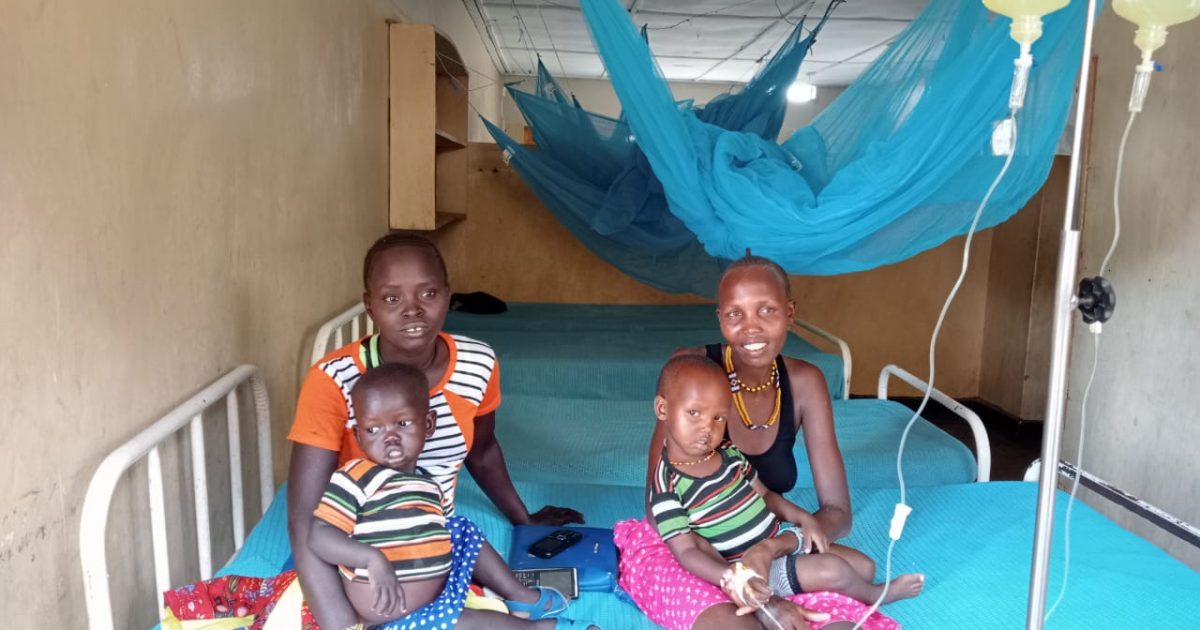New medicine for Kala-azar disease has been launched in Kenya, at Kacheliba village in West Pokot County by a team of doctors, researchers, government officials and non-governmental organisations.
The treatment is a combination of Miltefosine (MF) and ParoMomycin (PM) which have been found to be safer and reduces the number of toxic daily injections and hospitalisation days from 17 to 14.
The new treatment findings by researchers was disseminated to the community in Kacheliba at the Kacheliba sub county hospital for clinical trials.
The event was attended by a not-for-profit research and development organisation known as the Drugs for Neglected Diseases initiative (DNDi) who sourced the funding in collaboration with the county government that permitted the research to be conducted in the region and Kenya Medical Research Institute (KEMRI) that offered guidance to medical research team and the community.
DNDi organisation work to deliver new treatments for neglected patients; those living with chagas disease, sleeping sickness (human African trypanosomiasis), leishmaniasis, filarial infections and mycetoma, pediatric HIV, hepatitis, and dengue fever.
According to Simon Polo the lead head of Leishmaniasis at DNDi organisation within the East Africa region, Visceral Leishmaniasis (VL) disease popularly known as Kala-azar disease is the most common parasite caused disease after malaria in Eastern African region.
Mr. Polo reiterated that Kala-azar is a tropical disease that has been neglected and spread by bite of the sand-fly.
He underscored Kala-azar as a disease that affects the most vulnerable people and is associated with malnutrition, population displacements, conflicts, and environmental changes.
He said that it causes fever, weight loss, spleen and liver enlargement to patients and death if not treated.
He further said over 50,000 to 90,000 new cases are reported each year, mostly in Eastern Africa and half of the victims are children under 15 years.
‘‘The highest number of cases are reported in Eastern Africa countries which include Eritrea, Ethiopia, Kenya, Somalia, South Sudan and Uganda,’’ he said
He singled out the disease is common in West Pokot county especially in Pokot Central and North Pokot sub counties.
Dr Simon Njenga of Kenya Medical Research Institute who was leading the research project for the new medicine said the earlier drug was a combination of Sodium Stilbogluconate (SSG) and ParoMomycin (PM) drugs and had serious side effects as patients had to endure two painful injections every day for 17 days.
Dr Njenga said all drugs have side effects but the Miltifosine drug does not have as many effects as SGG.
‘‘When school going children were injected the drugs, many of them were unable to walk to school the following day because of pain but with this MF+PM drug they will be able to attend their classes,’’ he said.
Njenga who was the principal Investigator in research reiterated they were tasked to look for alternative drug for treatment of Kala azar since existing one had been in the market for over 70 years and had many side effects to the patients.
‘‘We were testing MilteFosine (MF) plus ParaMomycin (PM) after dropping SGG which have been used over 70 years,’’ he explained.
He underlined that about 15 years ago there was no other drug in the market that could be used to cure Kala-azar disease forcing the health stakeholders to look for an alternative.
He said during their clinical trials, they used research known as randomisation where patients were assigned by chances and put to groups to receive different treatment during clinical trials.
Dr Njenga said during the trials SGG plus PM and MF plus PM were used for treatment for a period of 14 days and after then they compared the groups to see which treatment was more effective or had fewer side effects.
‘‘’During their clinical trials, it was noted that MF+PM was more effective than SSG +PM and with less side effects to the patients who were under clinical trials,’’ he said.
He explained clinical trials were conducted to 439 patients in Uganda, Sudan, and Ethiopia while Kacheliba contributed 142 patients for research.
He alluded the benefits of MF+PM is that it will help to reduce the hospital stay from 17 days to 14 and a patient will have one injection instead of two daily.
He called upon the government to maximise the potential benefits of the new Kala-azar disease treatment. ‘‘Healthcare stakeholders need to embrace the research by taking further actions that could lead to success of use of the new drug in the market for treating patients,’’ he urged
He held they chose Kacheliba village in West Pokot so that the community could discover the outcome of the research adding without their role the new medicine could not have been discovered.
‘‘The community have a right to know the outcome of the research, and we also came to Kacheliba for the community to discover they were of help in our research,’’ he said.
Speaking during the launch of the new treatment, the Ministry of health head of division of vector borne and neglected tropical diseases Wycliff Omondi pointed out the new treatment has no serious side effects to people above 50 years of age like the combination Sodium Stilbogluconate (SSG) and ParoMomycin (PM) for treatment.
Omondi said the new treatment play a critical role in preventing deaths thanking DNDi and other medical researchers for the new treatment.
By Anthony Melly





